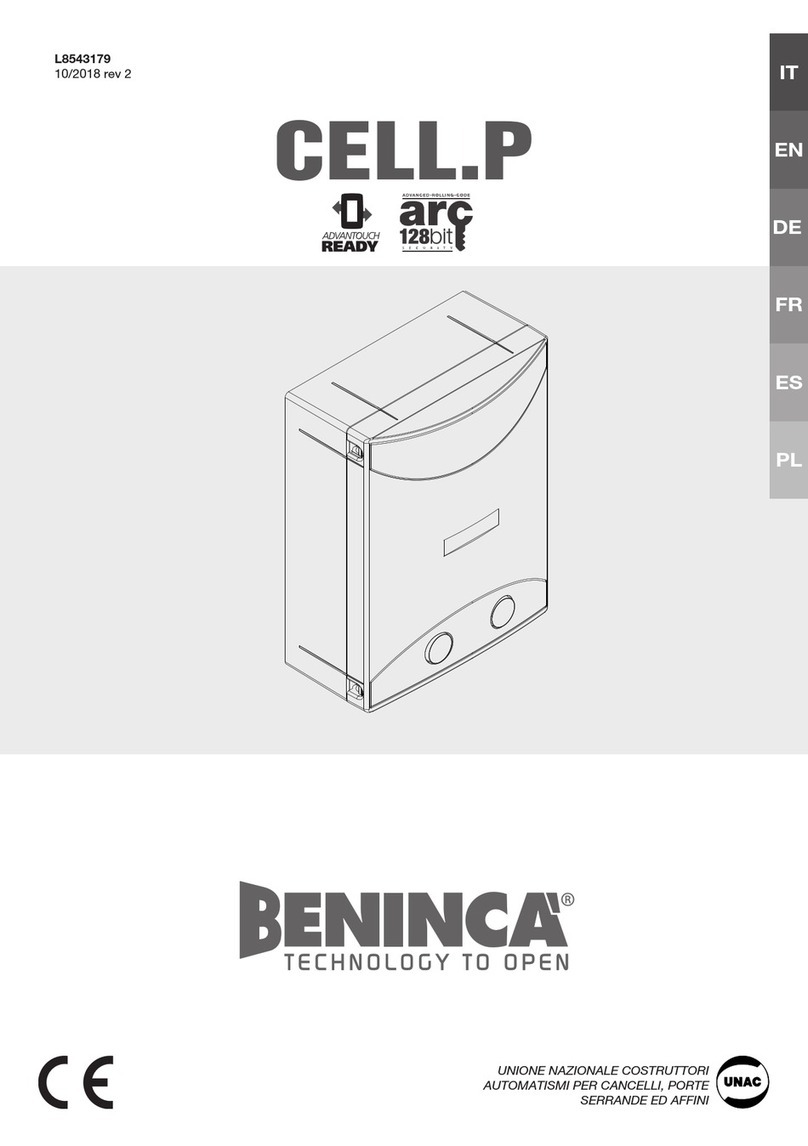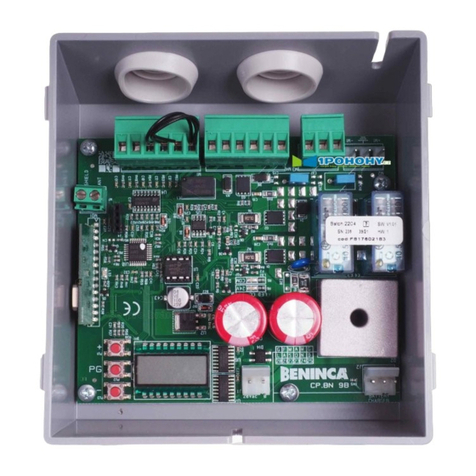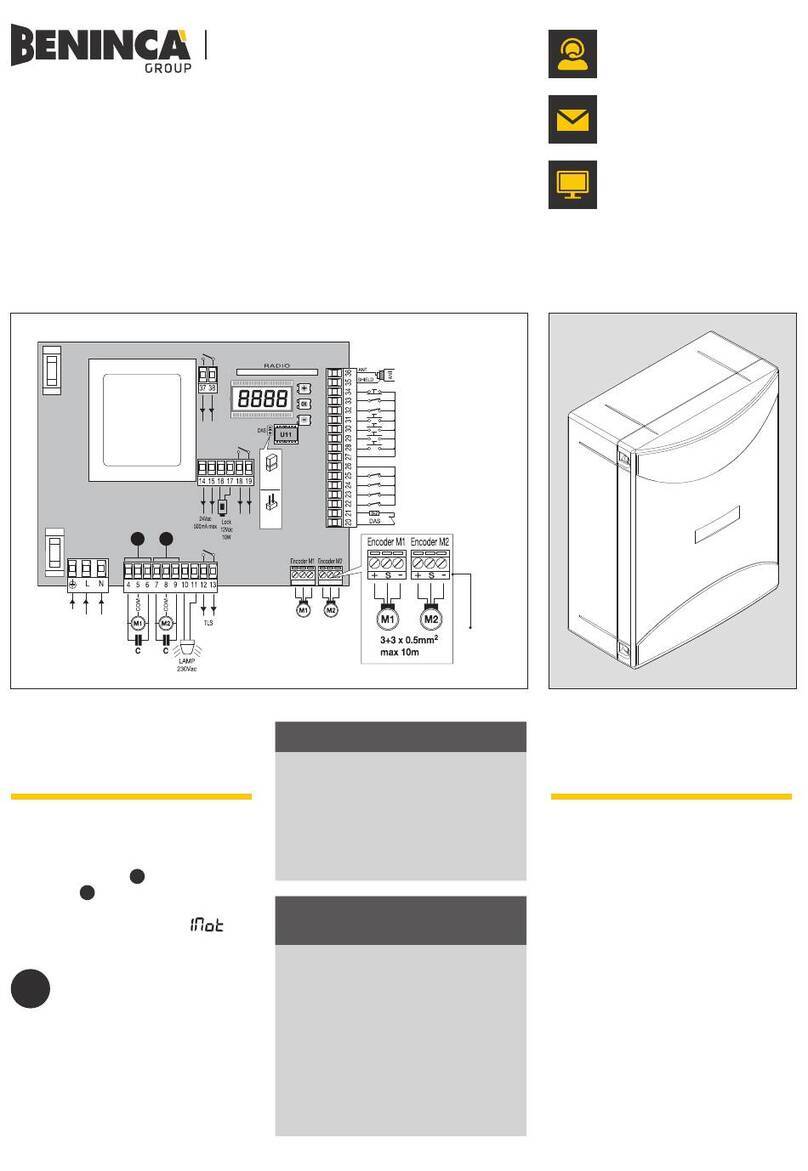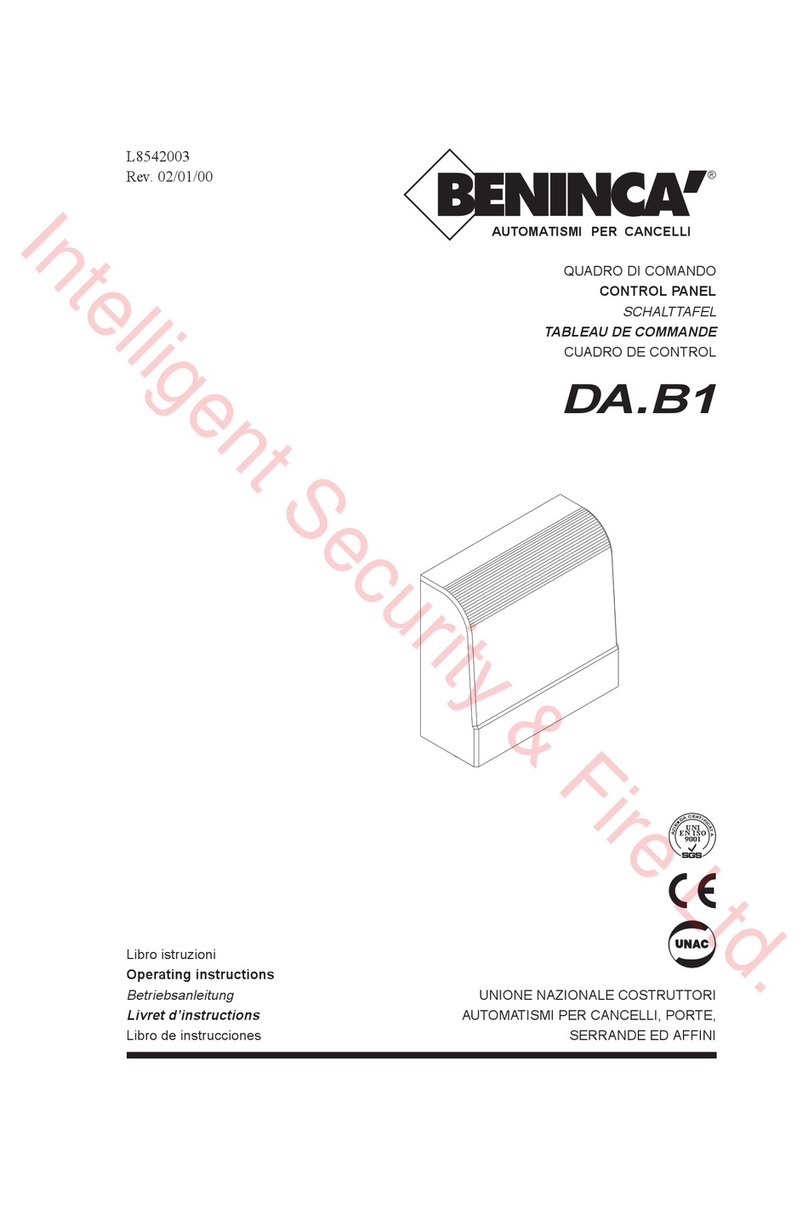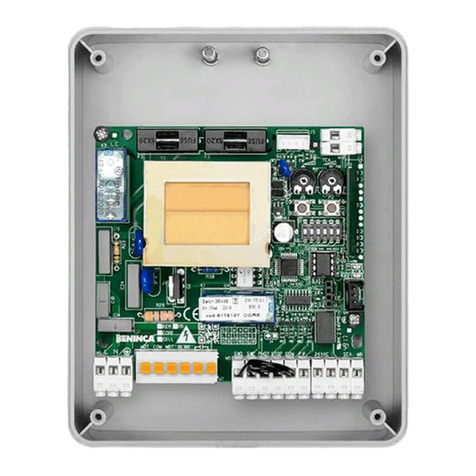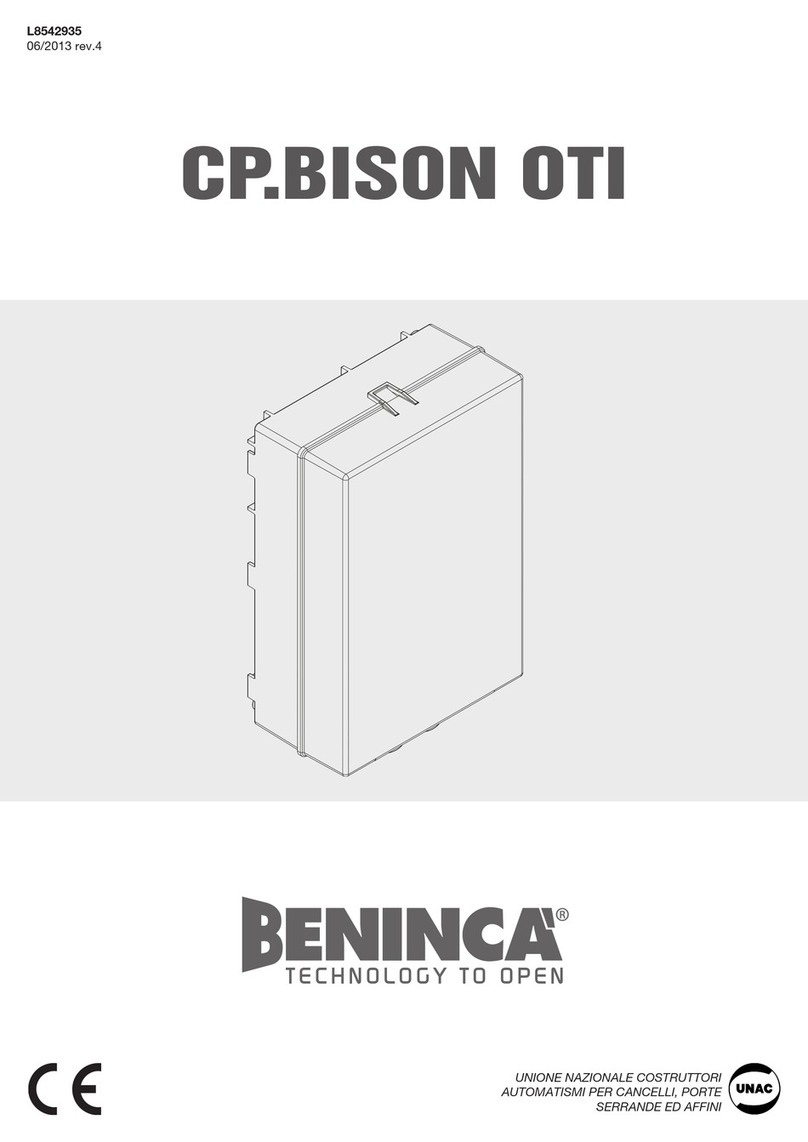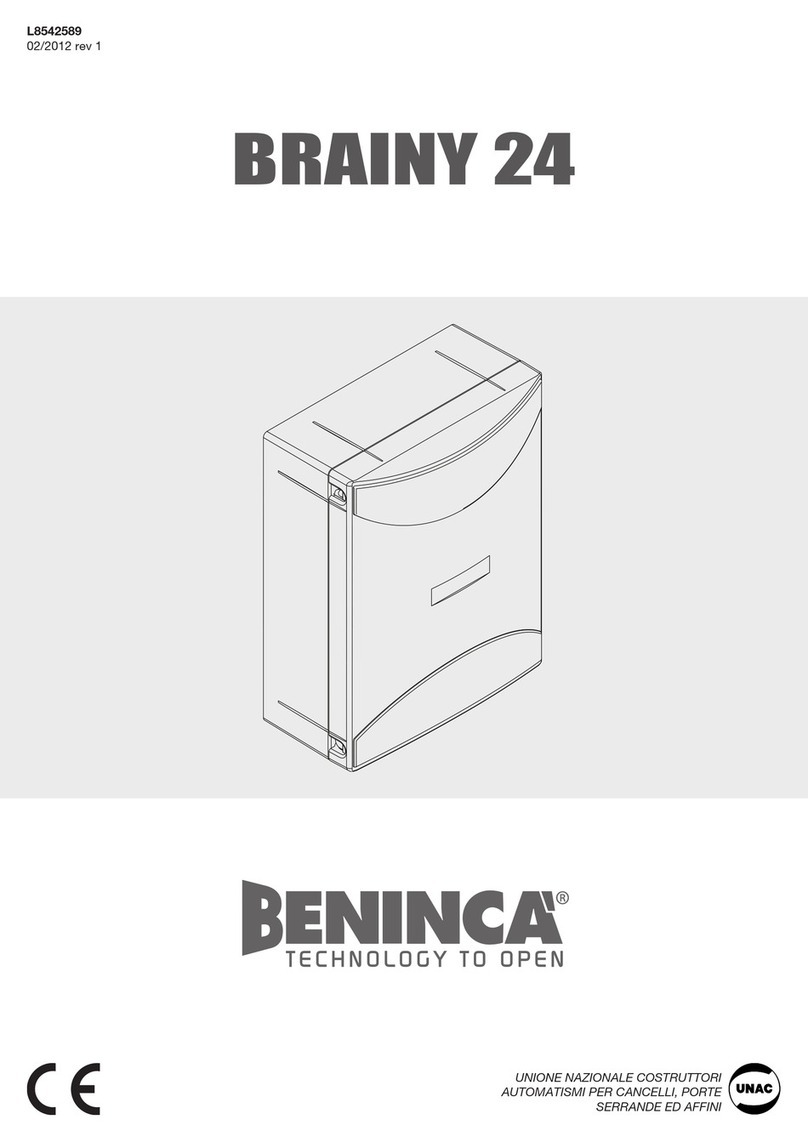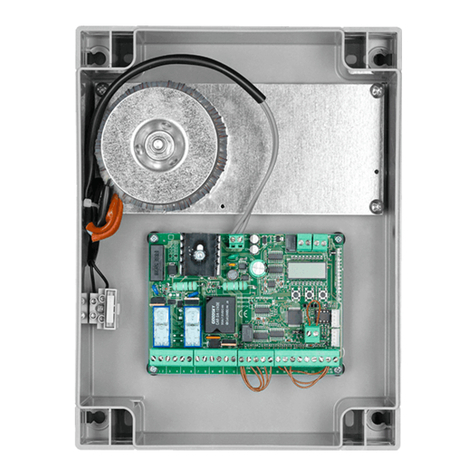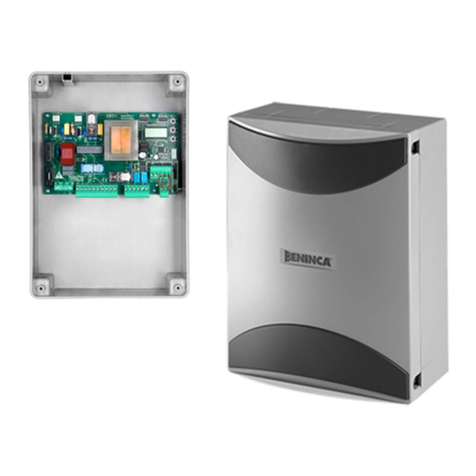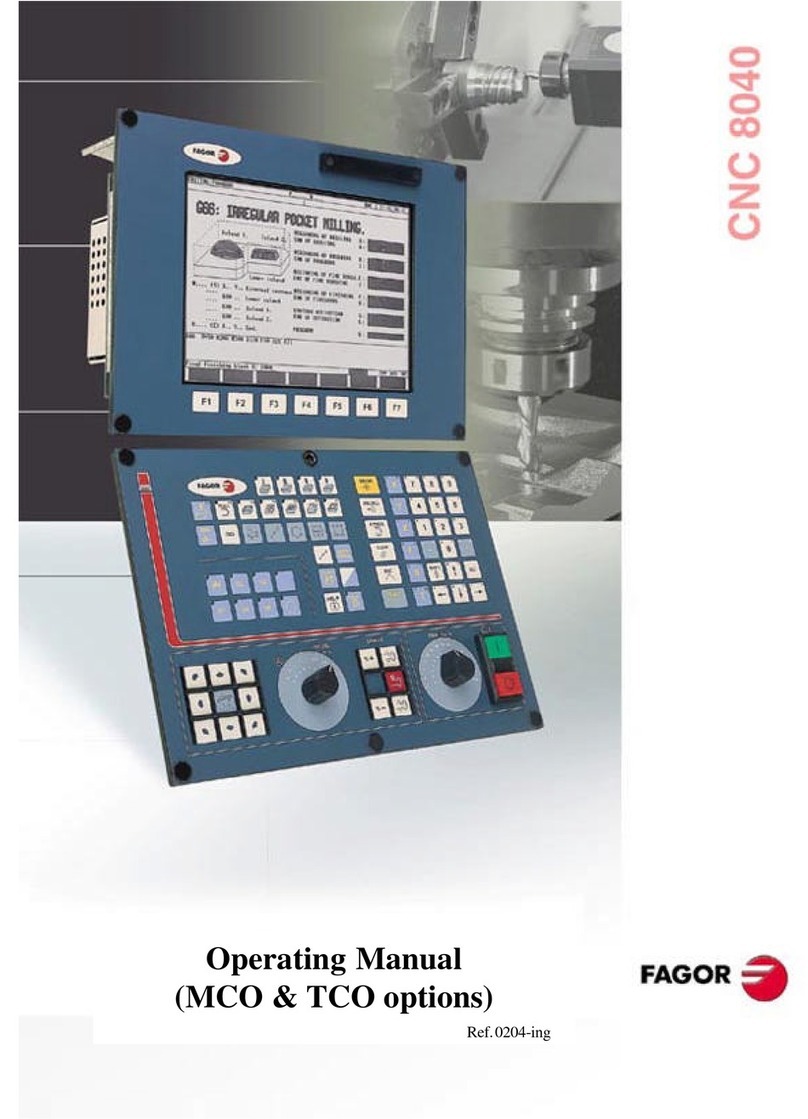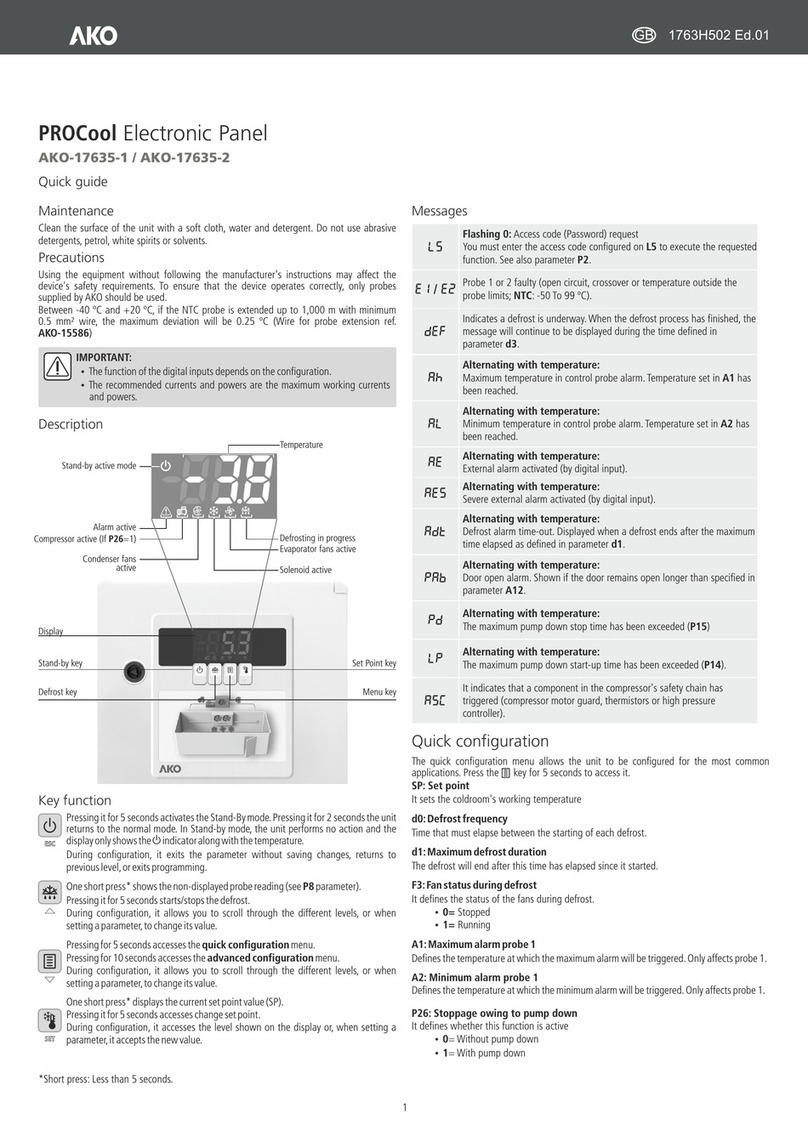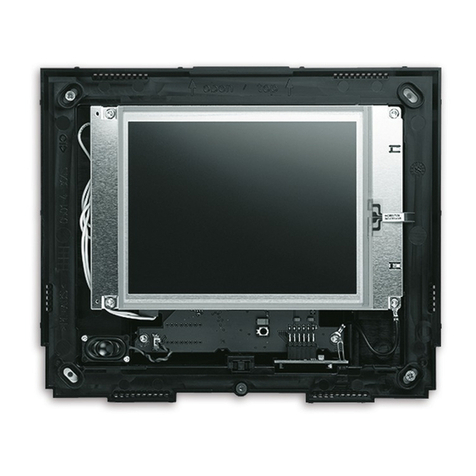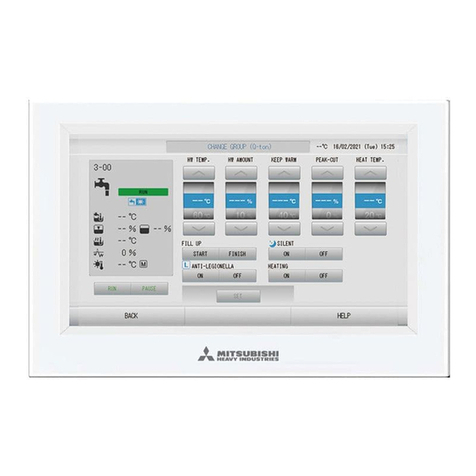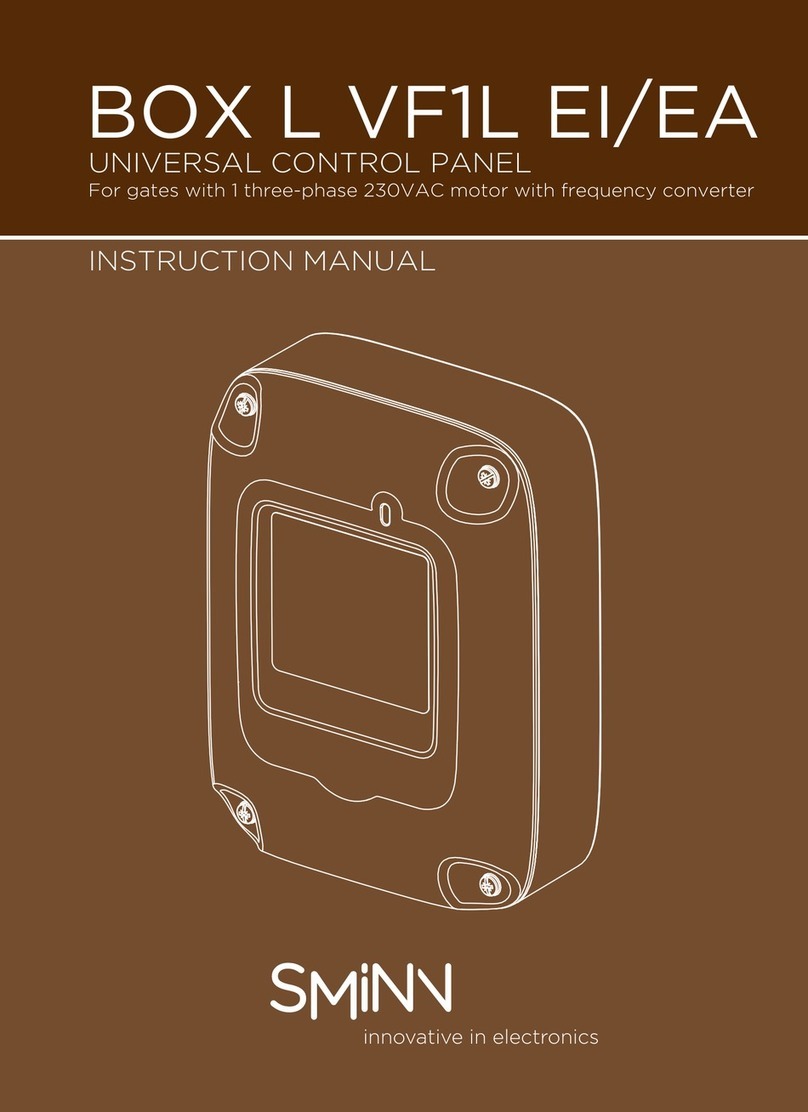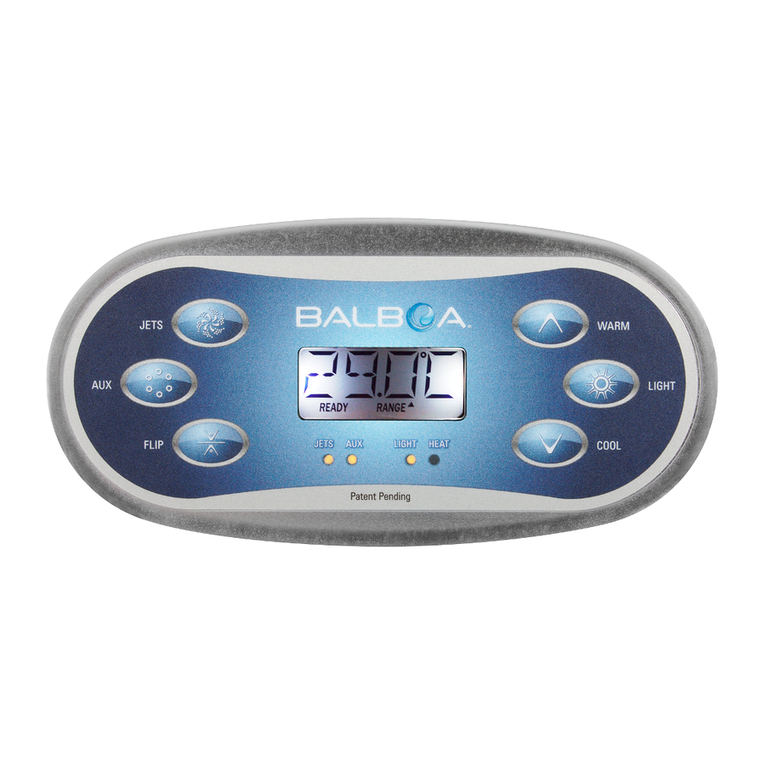
4
ITA AVVERTENZE
E’ vietato l’utilizzo del prodotto per scopi o con modalità non previste nel presente manuale. Usi
non corretti possono essere causa di danni al prodotto e mettere in pericolo persone e cose.
Si declina ogni responsabilità dall’inosservanza della buona tecnica nella costruzione dei
cancelli, nonché dalle deformazioni che potrebbero verificarsi durante l’uso.
Conservare questo manuale per futuri utilizzi.
Questo manuale è destinato esclusivamente a personale qualificato per l’installazione e la
manutenzione di aperture automatiche.
L’installazione deve essere effettuaua da personale qualificato (installatore professionale,
secondo EN12635), nell’osservanza della Buona Tecnica e delle norme vigenti.
Verificare che la struttura del cancello sia adatta ad essere automatizzata.
L’installatore deve fornire tutte le informazioni relative al funzionamento automatico, manuale
e di emergenza dell’automazione, e consegnare all’utilizzatore dell’impianto le istruzioni d’uso.
I materiali dell’imballaggio non devono essere lasciati alla portata dei bambini in quanto fonte
di potenziale pericolo. Non disperdere nell’ambiente i materiali di imballo, ma separare le varie
tipologie (es. cartone, polistirolo) e smaltirle secondo le normative locali.
Non permettere ai bambini di giocare con i dispositivi di comando del prodotto. Tenere i
telecomandi lontano dai bambini.
Questo prodotto non è destinato a essere utilizzato da persone (bambini inclusi) con capacità
fisiche, sensoriali o mentali ridotte, o con mancanza di conoscenze adeguate, a meno che
non siano sotto supervisione o abbiano ricevuto istruzioni d’uso da persone responsabili
della loro sicurezza.
Applicare tutti i dispositivi di sicurezza (fotocellule, coste sensibili, ecc.) necessari a proteggere
l’area da pericoli di impatto, schiacciamento, convogliamento, cesoiamento. Tenere in consi-
derazione le normative e le direttive in vigore, i criteri della Buona Tecnica, l’utilizzo, l’ambiente
di installazione, la logica di funzionamento del sistema e le forze sviluppate dall’automazione.
L’installazione deve essere fatta utilizzando dispositivi di sicurezza e di comandi conformi
alla EN12978 e EN12453.
Prevedere sulla rete di alimentazione un interruttore/sezionatore onnipolare con distanza
d’apertura dei contatti uguale o superiore a 3 mm.
Verificare che a monte dell’impianto elettrico vi sia un interruttore differenziale e una protezione
di sovracorrente adeguati.
Alcune tipologie di installazione richiedono il collegamento dell’anta ad un impianto di messa
a terra rispondente alle vigenti norme di sicurezza.
Durante gli interventi di installazione, manutenzione e riparazione, togliere l’alimentazione
prima di accedere alle parti elettriche.
Scollegare anche eventuali batterie tampone se presenti.
L’installazione elettrica e la logica di funzionamento devono essere in accordo con le normative
vigenti.
I conduttori alimentati con tensioni diverse, devono essere fisicamente separati, oppure devono
essere adeguatamente isolati con isolamento supplementare di almeno 1 mm.
I conduttori devono essere vincolati da un fissaggio supplementare in prossimità dei morsetti.
Ricontrollare tutti i collegamenti fatti prima di dare tensione.
Gli ingressi N.C. non utilizzati devono essere ponticellati.
SMALTIMENTO
Come indicato dal simbolo a lato, è vietato gettare questo prodotto nei rifiuti domestici in
quanto alcune parti che lo compongono potrebbero risultare nocive per l’ambiente e la salute
umana, se smaltite scorrettamente. L’apparecchiatura, pertanto, dovrà essere consegnata
in adeguati centri di raccolta differenziata, oppure riconsegnata al rivenditore al momento
dell’acquisto di una nuova apparecchiatura equivalente. Lo smaltimento abusivo del prodot-
to da parte dell’utente comporta l’applicazione delle sanzioni amministrative previste dalla
normativa vigente.
Le descrizioni e le illustrazioni presenti in questo manuale non sono impegnative. Lasciando inalterate le
caratteristiche essenziali del prodotto il fabbricante si riserva il diritto di apportare qualsiasi modifica di
carattere tecnico, costruttivo o commerciale senza impegnarsi ad aggiornare la presente pubblicazione.
